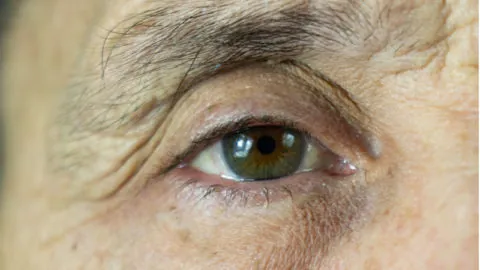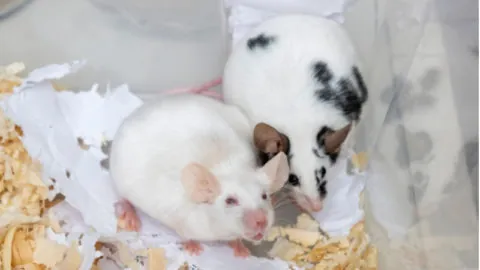August 31, 2023
A paper published in GeroScience has described a gene responsible for a key biomarker of cellular senescence. A widely used biomarker Why we Age: Cellular SenescenceAs your body ages, more of your cells become senescent. Senescent cells do not divide or support the tissues of which they are part; instead, they emit potentially harmful chemical...
December 08, 2022
In a study recently published in Biochemistry and Biophysics Reports, researchers have shown that growing natural killer (NK) cells and re-introducing them back into the human bloodstream reduces senescence markers in a wide variety of immune cells. Peripheral blood mononuclear cells This research focuses on peripheral blood mononuclear cells (PBMCs), a category that includes T...
February 01, 2022
Scientists have shown that clearing senescent neural precursor cells with the senolytic drug navitoclax reverses the age-related decline in neurogenesis and improves spatial memory in mice [1]. Not to be replaced The brain is an organ of special concern for geroscientists. It is theorized that we might soon be able to replace many aging organs,...
January 20, 2022
Researchers publishing in Experimental Eye Research have discovered that the peptide aB-crystallin can reduce the cellular senescence that affects the progression of age-related macular degeneration (AMD). What is αB-crystallin? αB-crystallin is a well-known heat shock protein, a family of proteins that is used in temperature regulation. This protein has been previously demonstrated by this research...
January 19, 2022
A new study in ACS Applied Materials and Interfaces used a combined geroscience and tissue engineering approach to regenerate bone in aged rats [1]. Replacement or rejuvenation? Too often, tissue engineering and longevity therapeutics are viewed as competing strategies – two different paths to potentially combat aging. In tissue engineering, cells and biomaterials are used...
December 22, 2021
A new publication in Aging Cell has found divergent results between the post-injury muscle regeneration of young and old mice treated with senolytics [1]. Senescent cells: Friend or foe for muscle regeneration? Why we Age: Cellular SenescenceAs your body ages, more of your cells become senescent. Senescent cells do not divide or support the tissues of which...






